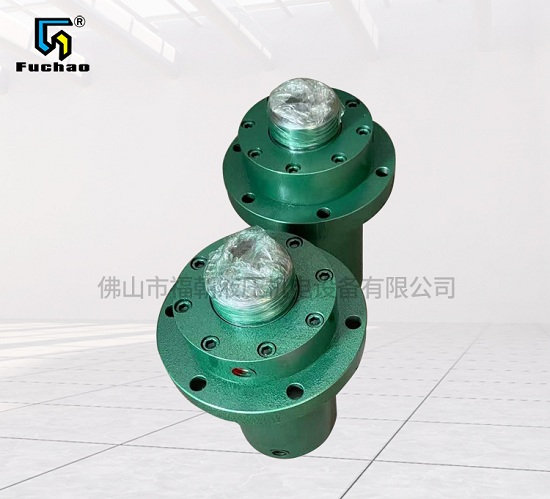stay Hydraulic cylinder Whether the selection of control valve is reasonable will have a great impact.
When selecting control valves, two aspects should be considered,
One is the selection of share direction valve, the other is the selection of inlet pressure compensator.
Now let's learn more about it.
Generally, we can combine different valves for use according to needs,
For example, we can use the economical control type directional valve and the constant differential pressure reducing valve of the hydraulic cylinder together,
Then form a differential pressure compensated directional flow valve,
The controlled flow of this flow valve mainly depends on the input electrical signal, and will not be affected by the oil supply pressure and load pressure changes.
Generally, the differential pressure of constant differential pressure reducing valve is 1. OMPa.

After the determination of the pressure difference, the flow of the hydraulic cylinder share direction valve can be determined as follows:
In practice, the input signal corresponding to the large flow through the share direction valve should be close to 90% of the additional input signal,
In practice, the input signal corresponding to the small flow through the share valve should be greater than the dead zone of the share direction valve.
This will not only improve the resolution of traffic, but also avoid crawling problems.
So, what should be considered when selecting the inlet pressure compensator?
For now, the inlet pressure compensator of hydraulic cylinder mostly uses two-way and three-way structure, especially two-way structure.
However, it should be noted that the normal operation of this compensator requires a low operating differential pressure, and the constant differential pressure reducing valve can achieve the constant differential pressure reducing effect.
If the performing element is under negative load, this effect will be lost.
In order to avoid such problems, we can use the balance valve with back pressure effect, so as to ensure that the differential pressure of the share valve port will not change with the shaking of the load.



